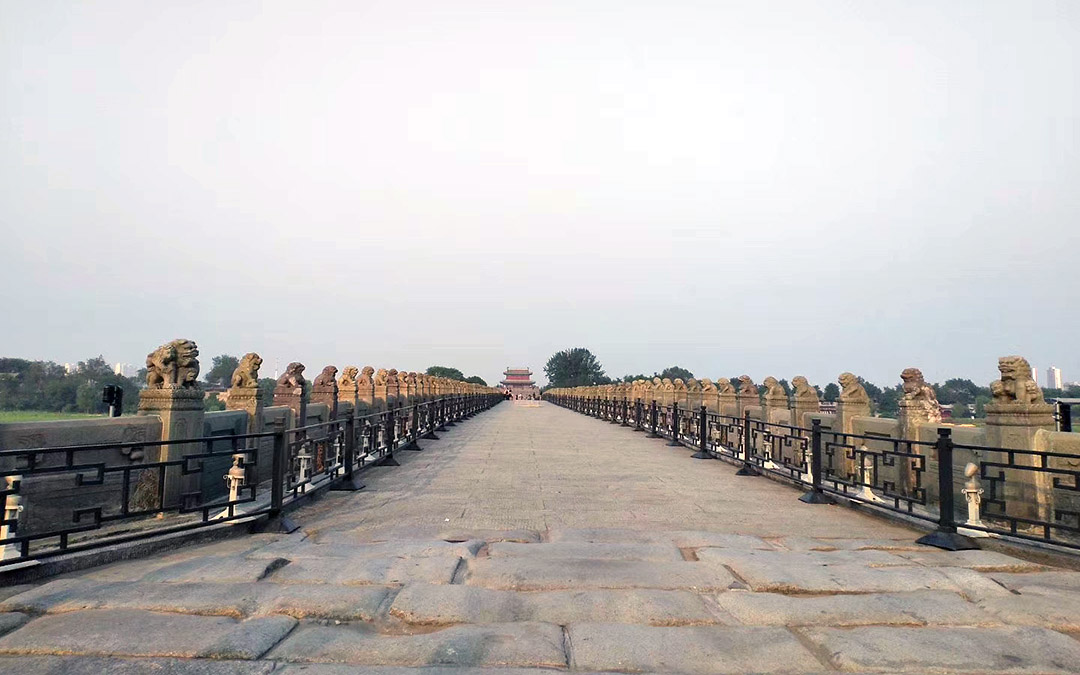Lu Gou Bridge, 卢沟桥 in Chinese, is also named after Marco Polo. In 1189, the noted Marco Polo came to Beijing (Dadu was the name at the time) during Yuan Dynasty, he was impressed by Lu Gou Bridge,
said in his essay “a very fine stone bridge, so fine indeed, that it has very few equals in the world." Since then, Lu Gou was named Marco Polo Bridge in Chinese. Although the bridge was most recently restored about 20 years ago, the Ministry of Cultural Relics tastefully left a patch of smoothly worn, undulating original stones along the center of the bridge. The bridge is famous for the 501 distinctive stone lions, as a Chinese saying goes that each lion got different pose on Lu Gou bridge. In 1937, the Japanese invaded Beijing from this bridge which marked the start of 8-year anti-Japanese War officaily. Today there is the Anti-Japanese War Memorial Hall that is located adjacent to the bridge. The memorial hall offers a grave, artistic and informative lesson on the Anti-Japanese War.
Address:
Marco Polo Bridge: Wanpingcheng (15km SW of Beijing), Fengtai District







